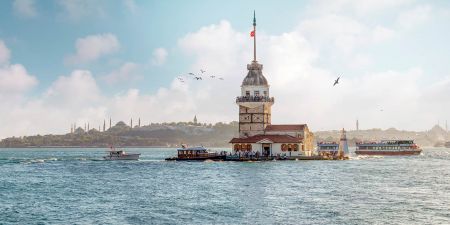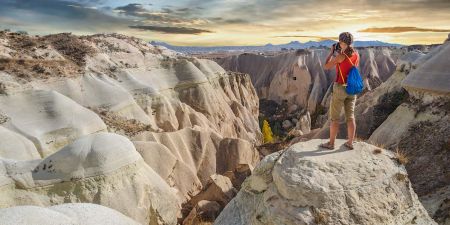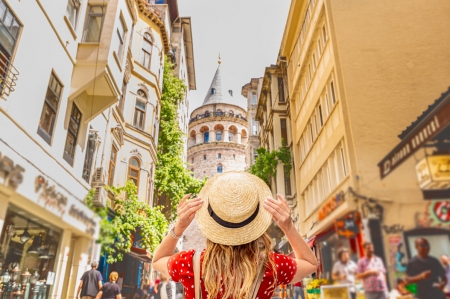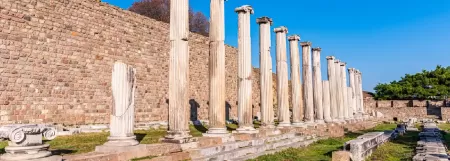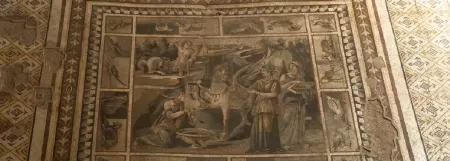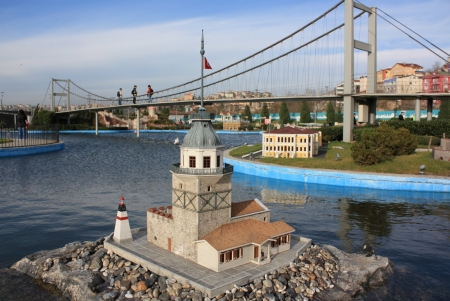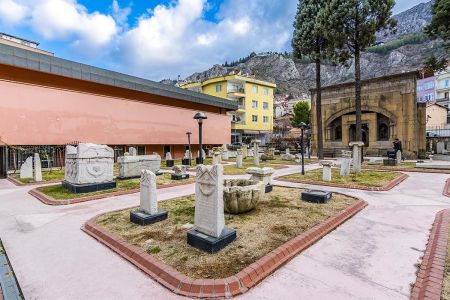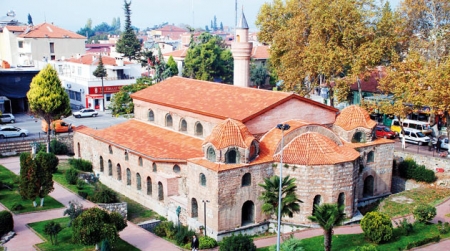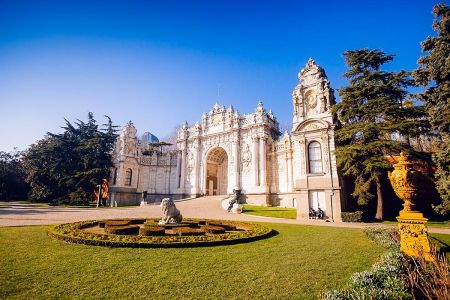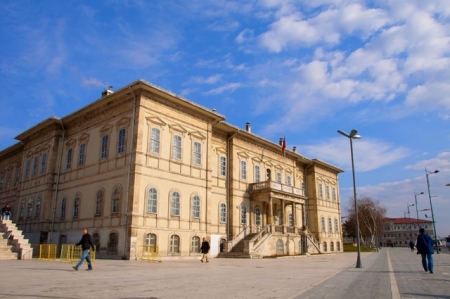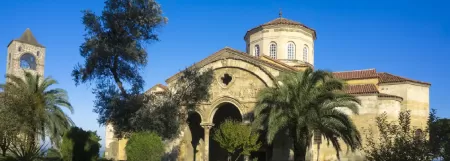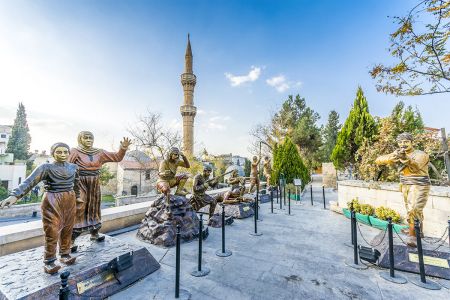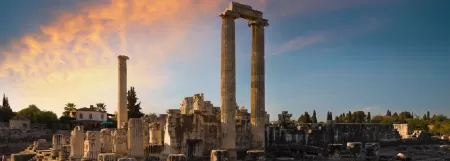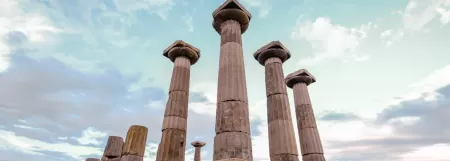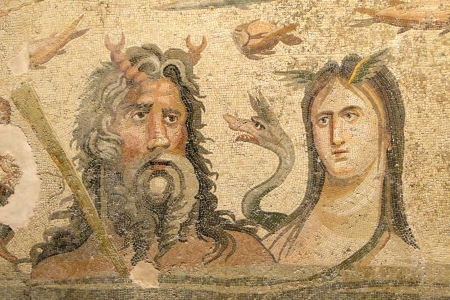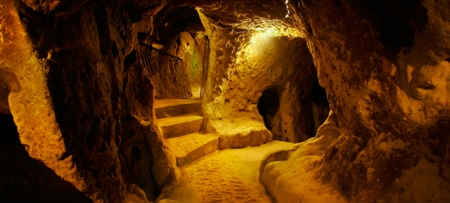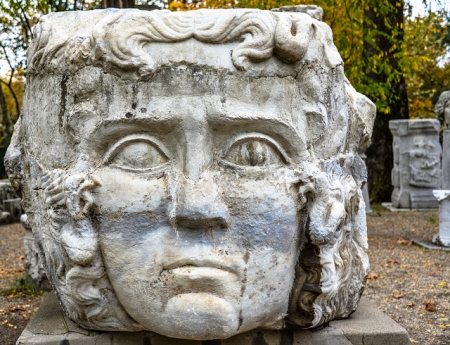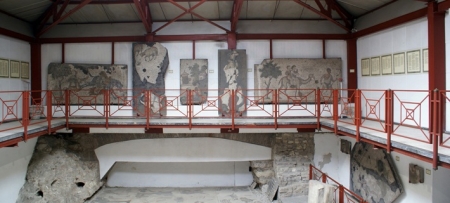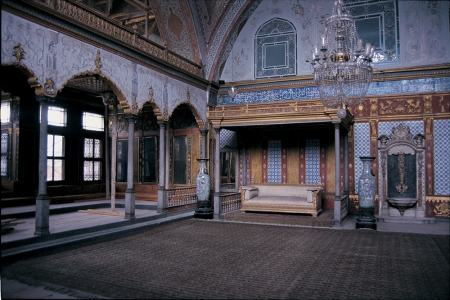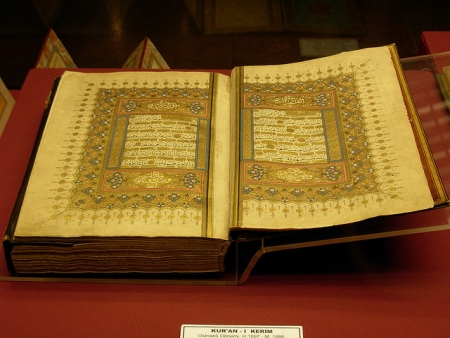Ataturk Congress and Ethnography Museum of Turkey
The building served as the "National Struggle Headquarters", under the leadership of the Representative Committee and Mustafa Kemal Atatürk.

The Atatürk Congress and Ethnography Museum in Turkey is a significant cultural and historical landmark. The museum served as the Representative Committee and Mustafa Kemal Atatürk's headquarters for the National Struggle from September 2 to December 18, 1919, and its significance in contributing to the shaping of Turkey towards independence cannot be emphasized enough.
The museum preserves this heritage by exhibiting important documents, photographs, and artifacts regarding Atatürk's leadership. It also houses a rich ethnographic collection of artifacts that inform about Turkish customs, crafts, and everyday life, making it a significant destination for history and culture enthusiasts.
History of Ataturk Congress and Ethnography Museum
This building, which is an example of the 19th-century late Ottoman period civilian architecture, is three stories and has an inner courtyard. Stone on the outside facade and timber was the most material employed in the development of the building.
The building that was assigned to Kemal Atatürk and his friends for 3 and a half months because the headquarters for “holding Sivas Congress meetings” was to prove to the whole world that the “national power of will and determination” outweighed external pressures and individual or group rule. It also served as a center for organizing the “National Struggle movement in Anatolia” and laying the “foundation of the Republic," receiving a historical identity.
Thirty-two delegates representing nineteen provinces participated in the Sivas Congress. But because of delegates selected from other provinces who joined the congress, these numbers varied. The building ,which has functioned as a high school since it was absolutely constructed was respectively called Idadi, Sultani, Sivas Lisesi, and Congress Lisesi (all meaning high school).
With the alteration made in 1930, the doorway that was originally at the east was moved to the western facade, and also the roof was covered with plate iron. The building that served as school until 1981, with the directives of President Kenan Evren, had been planned to be altered into a museum.
The final Directorate of Antiquities and therefore the Museums of our Ministry started its restoration the same year to alter it into a museum. At the top of the restoration, display, and arrangement works, the basement is rearranged to have warehouses, laboratory, and a photoshop; the bottom floor is arranged as an ethnographical museum; and also the top floor is arranged as Atatürk Congress museum.
Between the dates 4 - 12 September 1919, the building's school hall, where Kemal Pasha Atatürk and also the Representative Committee used because the headquarters, held the Sivas Congress meetings. The building was renovated and transformed into a museum, officially opening to visitors in 1990. It is one of Turkey’s intriguing museums and can be a noteworthy stop on your trip.

The Ethnographical Works Section
The building that was built in 1892 by the Sivas Governor Memduh Pasha is one in every of the samples of the late 19th century civilian architecture of the Ottoman period. it's a three-storey building with an inner courtyard. Stone on the outside facade and timber was the most material utilized in the development.
The Sivas Congress Hall, along with Atatürk’s study and bathroom, has been preserved in its original state. These rooms are located on the upper floor, where visitors can also find a section displaying pre-congress documents, circulars, and notices related to the congress preparations led by Mustafa Kemal Atatürk.
Another key exhibit on this floor is the telegraph room, which played a crucial role in communication during that time. Additionally, a dedicated space houses the minutes of the congress, along with documents and announcements from the Anatolian Women's Defense of the Country Society, founded in Sivas. Copies of "The National Will" newspaper and its printing machine are also on display. The ground floor is dedicated to ethnographic artifacts, showcasing items that reflect the cultural heritage of Turkey.
Customize Your Dream Vacation!
Get in touch with our local experts for an unforgettable journey.
Plan Your TripArmoury Section
Various war weapons like swords, daggers, armours, helmets, shields, arrows, bows, matchlock rifles, pistols, flintlock rifles of the Ottoman period are exhibited within the armoury.
Kilims Section
Kilims, prayer rugs, and other small rug samples are displayed during this section. Also, the wooden minbar of the historical Divrigi Castle mosque, from the year 1180, is exhibited during this section.

Sivas Basoda (guest room)
The space where the guests are treated with respect within the Sivas mansions during the Ottoman time. It absolutely was redecorated with a fireplace, embroidered curtains, sitting areas with divans, and cushions. Mannequins also are utilized in the display. Some wooden articles from the Ulu Mosque of Divriği also are exhibited during this room.
Copper Articles Section
Such articles like large copper or brass trays, long-spouted pitchers, metal canteens, large copper dishes, cooking pans, skimmers, candle holders, and a few samples of fountain spouts, various weights of their time, locks, and door knockers are number of the opposite articles that may be seen.
Dervish Lodge Articles Section
A number of the articles of Dervish lodges, like flags, leather knives, spits, rosaries, candles, service beads, tambourines, and bells, are exhibited during this section.
Handworks and Garments
Various garments such as handkerchiefs, embroidered jackets, praying rugs, towels, and bundles unique to the Sivas region are exhibited in three different large rooms. Also, some wearing apparel is displayed to visitors on mannequins in the showcases placed in the middle of the rooms. The center courtyard of the museum building is arranged as the carpet section. The carpets of the Sivas region are displayed in chronological order.
The fourteen windows situated in the corridor and looking to the courtyard were changed into shop windows, and in them coffee sets, silver jewelry, handwritten and calligraphic art works, glass, porcelain articles, and lamps are exhibited.
Toursim in Atatürk Congress and Ethnography Museum today
The Atatürk Congress and Ethnography Museum in Sivas continues to attract visitors interested in Turkey’s rich history and cultural heritage. As a key historical site, the museum welcomes tourists, history enthusiasts, and researchers eager to explore its connection to Mustafa Kemal Atatürk and the pivotal Sivas Congress of 1919, which played a crucial role in Turkey’s independence movement.
Tourists can explore the museum year-round, with guided tours available to provide historical context. While it may not be one of Turkey’s most-visited landmarks, it remains a significant stop for those interested in the foundation of modern Turkey and the traditional heritage of Anatolia.
FAQS
Q1. How much is the entrance fee for Atatürk Congress and Ethnography Museum?
The museum offers free entry to visitors, allowing them to explore its historical and cultural exhibits without any admission fee.
Q2. What historical event took place at Atatürk Congress Museum?
The Sivas Congress, held between September 4–12, 1919, took place in this building. This congress was a crucial turning point in Turkey’s War of Independence, where Mustafa Kemal Atatürk and his associates laid the foundation for the establishment of the Republic of Turkey.
Q3. What can visitors see at Atatürk Congress and Ethnography Museum?
Visitors can explore the historical Congress Hall, Atatürk’s preserved study and personal quarters, original congress documents, and artifacts from the early 20th century. Additionally, the ethnography section showcases traditional Turkish carpets, kilims, copperware, and cultural items.


